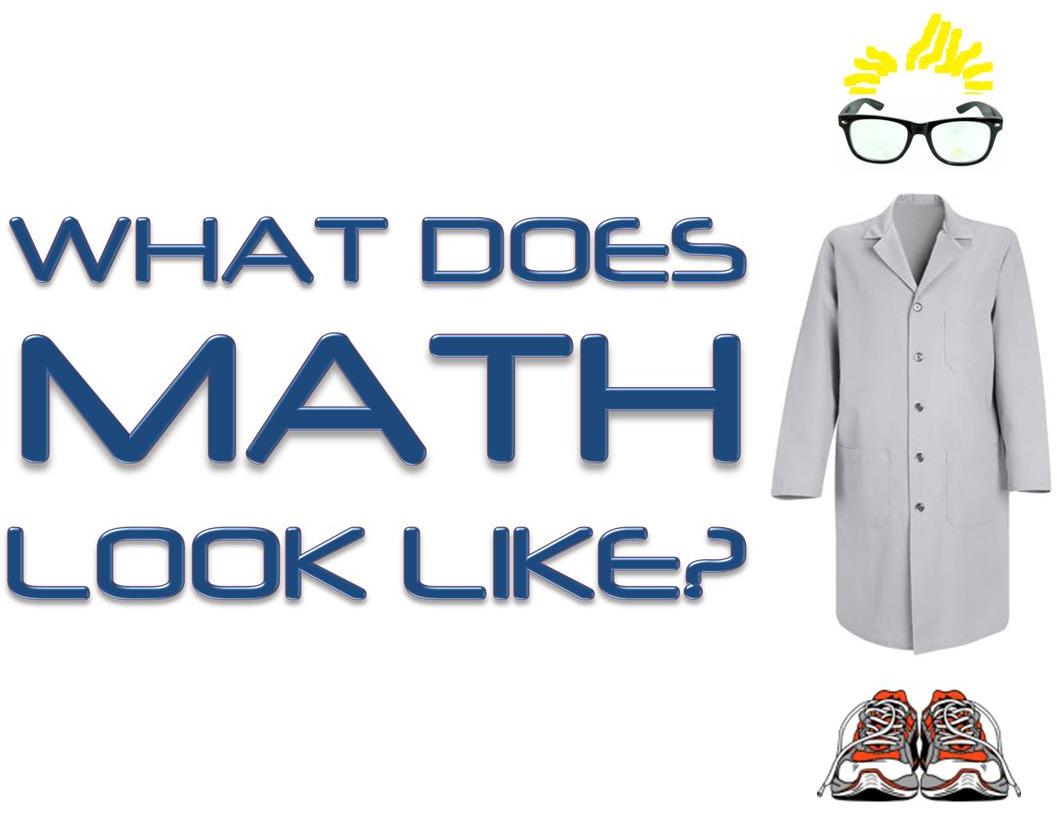
|
So, I was working on the graphic for this page, and I asked my wife what she thought of it. "Why is he wearing tennis shoes?" she asked. "Would a math guy wear tennis shoes?"
And that's why I'm writing this page.
Contrary to what you might have seen on TV, math guys may wear tennis shoes. Math guys may be excellent dancers. Math guys may have a great sense of humor. And, perhaps most importantly, math guys may be girls. The truth is that math may look like a lot of different things. For some reason, a lot of people (even people who may be married to math people ... right, Staci Lee?) sometimes lose sight of that fact. They often think that math is only for mathematicians and has little to do with the real world. I think that it may have something to do with the fact that the typical math class experience is very unlike the real world; think about it: do you know anyone who has a job where the boss tells him to get problems 25 through 52 on her desk by tomorrow? To be fair, that's how math looks most often in school because you're practicing routine skills to master them. It'd be like telling your basketball coach that you never have to dribble around orange cones in a real game ... so why do it in practice? You know that you do the practice routines to get better at basic stuff so that when you're in the live situation, the basic stuff doesn't get in the way. But the basketball coach also has you scrimmage in practice to see how your basic skills come together in handling a live situation. For the same reason, that's why I have you write and speak in math class. That's why I have you do boss problems and investigations. That's why I have you explain. That's why I have you judge. That's why I have you convince. Because when you're out in the real world (instead of doing problems 25 through 52), that's how you'll use your mathematics. Maybe you're still not buying it; maybe you still don't think you'll do a minute's worth of math after you're done doing book work. To help you realize just how wildly misguided you are about your future jobs, some people who sat in the very same seats as you have written you some messages about their present jobs. Below you'll see some notes from former East Tipp kids who are now professional adults ... using math in a lot of careers you might be surprised about. We'll try to add more all the time, so keep checking back! |
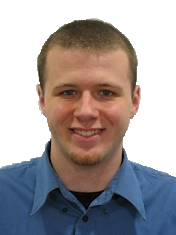
|
|
| When writing software, I work with logarithms, number bases, and probability frequently. For example, I might have a task where I need to figure out how many bits it would take to store a 20 character code that is made up of any of 26 different characters. Or I might want to figure out how many machines I should use to back up customer data if each machine has a certain average lifespan, it takes a certain amount of time to copy all of the data, and I want to be a certain (very high) percentage sure that I will never have every machine fail before new backups are made. Almost every software problem has some form of math problem buried within. Kevin Barlow Software Engineer (Intern) Boulder, Colorado www.google.com/jobs East Tipp Class of 2005 |
|
As a surgical resident, I use math on a daily basis. Many of the medications we use are dosed based on weight and how the body metabolizes, or breaks down the medications. The total desired dose is determined and then the rate of administration is determined. Many of these calculations are not terribly complex, but if they are not used correctly, the consequences can be disastrous. Jennifer Grant, MD Surgical Resident Chicago, IL East Tipp Class of 1998 | |
| 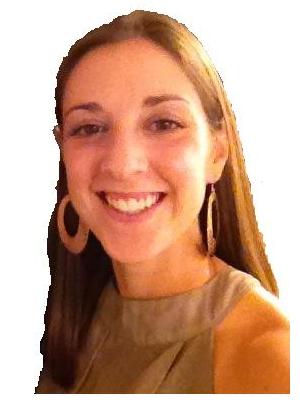
|
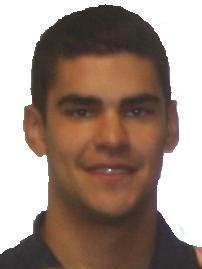
|
|
| As a biomedical engineer, I work to design medical devices to help physicians treat patients with a variety of problems. To understand the problems better, engineers model the systems and then test innovative solutions to see if they are effective. To model varying flows of fluids in the heart or lungs, I can use differential equations. To test solutions to problems, I take data that I can analyze with statistics to determine their efficacy. Alex Kokini Development Engineer (Intern) Cook Biotech Lafayette, IN www.cookbiotech.com East Tipp Class of 2006 |
|
I work on optimizing performance of computer simulations in the field of computational electrodynamics. The results of the simulations are used to grant FDA approval to new medical devices. I often work with coordinate transforms, memory access patterns and number bases. I also use math to analyze data collected from simulation performance to find the optimal program configuration. Much of the optimization involves making hundreds of thousands of operations occur simultaneously, so I must be able to think spatially about the data access points of each of the nodes to resolve conflicts between them. Because even a small error will skew results greatly over the course of the simulation, the best solution is always to utilize math to precisely tune the software. Eric Thoma Software Developer Lafayette, IN East Tipp Class of 2010 | |
| 
|
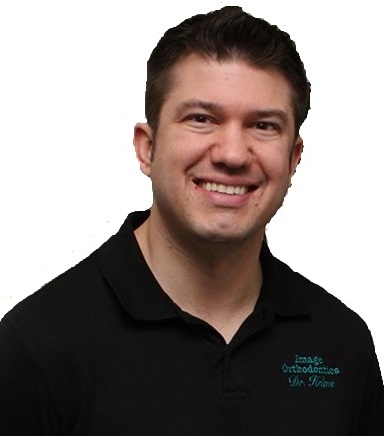
|
|
| I use math every day in my orthodontic practice. I use it to predict tooth sizes, to determine how much to widen a person's teeth, and to determine facial proportions and compare them to the norm. We use math to determine how much crowding a person has and if all of the teeth will fit. We even use math to measure distances and angles of skeletal landmarks on our x-rays. A strong background in math is very important in our line of work. Dr. Ryan Helms Orthodontist Image Orthodontics West Lafayette, IN www.bracesbygeorge.com East Tipp Class of 1997 |
|
So I obviously teach math everyday at my job, and to be able to teach a concept to a little kid is much harder than actually solving a math problem. There are so many different types of learners, so I try to show how to solve different problems visually and using manipulatives. Figuring out the child's thought process and getting them to find the right answer can be tricky, but very rewarding. I may not teach advanced algebra or calculus, but the foundational skills that I am building help students to better understand the processes that they are going to learn in the future. In my summer job as a Day Camp Director, I oversee a budget of $150,000. Budgeting consumes a large majority of my time. I use math everyday to track my expenses, estimate my profits, and to think of creative ways to cut spending to improve my net gain over the year. Ryan Habben Fourth Grade Teacher and Day Camp Director Mintonye Elementary and Lafayette YMCA Lafayette, IN The Habben Hilton East Tipp Class of 2002 | |
| 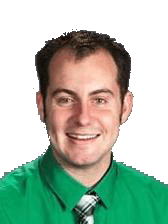
|

|
|
| Numbers are an important part of my career because I solicit corporations, foundations, and individuals for philanthropic gifts in the six- and seven-figure range. Asking for money is what I do, but figuring out how the constituents can budget their money to make philanthropic gifts is important, too. Additionally, I supervise staff members and strategic priority areas for the USF Foundation which requires me to review budgets on a weekly, if not daily, basis. Patrick Henry Director of Development University of South Florida Foundation, Inc. Tampa, FL www.usf.edu East Tipp Class of 2000 |
|
I'm studying to get dual M.Eds in Teaching Children with Visual Impairments and Orientation and Mobility. Math is all around. When teaching mobility, the ability to accurately estimate distances and heights of objects is crucial to safety. In my logistical work, figuring out percentages of my time, how much I can spend on working with kids, transportation, and paperwork all require math skills. I also have to deal with chronological age versus adjusted age and determine if they are within the percentiles. Dealing with the accuracy of vision is all about angles and distances. Finally we determine if the family will qualify for financial services based on income. There will be math EVERYWHERE!!! Elizabeth Springs TCVI / O & M Kalamzoo, MI East Tipp Class of 1997 | |
| 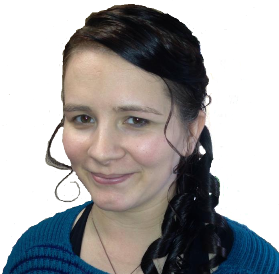
|

|
|
| As a Registered Nurse in the Intensive Care Unit, I must carefully calculate and titrate medications for administration. The calculations are nothing intricate, but a life does rest in my hands and one small error can literally be the difference between life and death, a happy ending or a tragic one. Math is something that everyone, no matter their career path, will encounter on a daily basis. Kayla Rhoades, BSN/RN Trauma/Neuro Intensive Care Unit Registered Nurse St. Vincent Indianapolis Indianapolis, IN stvincent.org East Tipp Class of 2003 |
|
My job description is basically a professional way of saying jack-of-all-trades, as it was meant to traverse both the program and development (fundraising) sides of our organization. Most of my time is spent giving presentations about epilepsy and seizures; however, I am also in charge of compiling what everyone in the office refers to as the numbers. On a quarterly basis, I write our reports for the PA Department of Health and Epilepsy Foundation National, which involve a variety of statistics. Although I may not use math computation every day, the logical reasoning and approaches to problem solving (that I practiced and applied in math class) help me tackle unexpected obstacles that arise from seemingly routine tasks, like creating indestructible Excel spreadsheets that simultaneously meet the needs of my colleagues and are protected from unintentional overwriting of important formulas. Andrea Zonneveld Community Education & Events Coordinator Epilepsy Foundation Western/Central Pennsylvania Pittsburgh, PA www.efwp.org East Tipp Class of 2000 | |
| 
|

|
|
| I work at an investment company, and we deal with high net worth individuals every day. It is important for us to manage their accounts with extreme accuracy so we literally have to make sure everything adds up correctly. One of my roles is to handle the in-house operations such as paying our bills. Something as simple as writing a check requires basic math. In my interview, my boss asked if I could do 49 times 49 in my head. Having a strong sense of math allowed me to work through the problem, and eventually get the job! Ashley Courtney Office Manager C.W. Henderson Chicago, IL cwhenderson.com East Tipp Class of 2005 |
|
When I'm designing something new in my nuclear power plant, I use math and science to determine whether or not my design is going to work. For example, I might need to install a new pump into a piping system. To make sure that it will provide enough pressure for the complicated network of pipes, I need to use Bernoulli's equation and the Darcy Weisbach equation. It's only a few simple equations, but the trick to successfully designing something new is to have a good understanding of HOW to solve the problem based on what you currently have and having a thorough understanding of what the results you found actually mean. Ben Horstman Design Engineer Exelon Generation Joliet, IL http://www.exeloncorp.com/energy/generation/nuclear.aspx East Tipp Class of 2005 | |
| 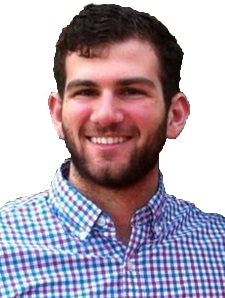
|
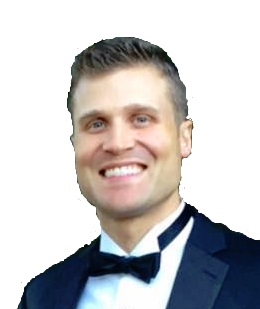
|
|
| In orthopedic surgery, our entire surgical specialty is based around math; the goal is to establish normal bone alignment in the human skeleton. This involves measuring lengths, angles, and displacement of broken and disfigured bones, and calculating how to put them back together to make them normal again. I am using my math skills on a daily basis and it makes me a better surgeon! Nicholas Schraut, MD Orthopedic Surgeon University of Massachussetts Boston, MA East Tipp Class of 1999 |
|
Math is essential to creating art, especially on a computer. You have to know things like how images are drawn on your screen with the origin, (0,0), at the top left corner instead of the bottom left. 3D objects have to be carefully placed in 3D coordinate space, including the virtual camera which translates the 3D information onto a 2D surface. Even knowing calculus is invaluable for editing curves to create smooth animations, especially if they are attempting to imitate physics. Even traditional mediums like painting and sculpture involve thinking about space, geometry, and scale. Art and math may seem like opposites, but they are actually inseparable. Patrick Stefaniak Artist New York, NY patrickjstefaniak.com East Tipp Class of 2007 | |
| 
|
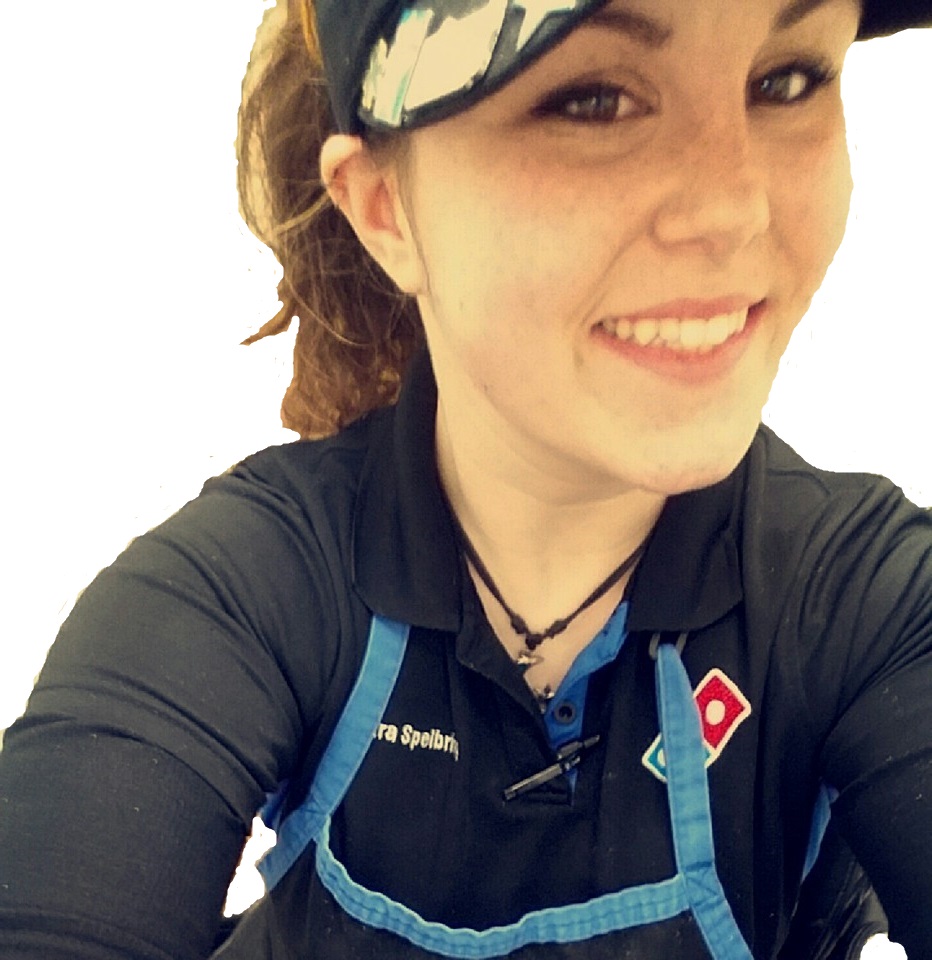
|
|
| We use different mathematics all the time at Domino's! We are constantly using fractions in determining the portioning of toppings that go on your favorite pizzas, as well as ratios to figure labor calculations, and using complex equations to figure out our labor waste costs for our profit and loss reports. Even simple math is used, such as figuring how much change to give a customer. Sara Spelbring Operating Partner Domino's Pizza West Lafayette, IN East Tipp Class of 2006 |
|
Shaving on camera doesn't come without risk. I must constantly be aware of the angle the razor's edge is making with my face, the quality of the razor's bevel, and the precise ratio of shaving soap to water to ensure I shave with a rich, thick lather! Nick Shaves Lead Shaver of Shave Den Bathroom, USA youtube.com/nickshaves East Tipp Class of 1999 | |
| 
|
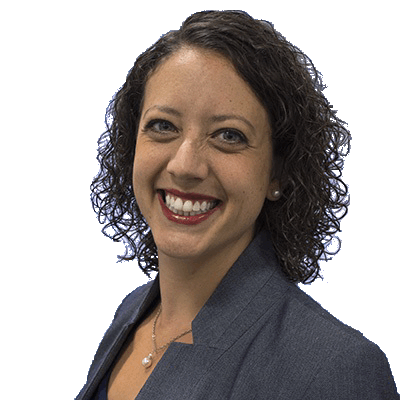
|
|
| As a researcher, I study how different types of programs and policies help kids and their families. I use math all the time! The statistics I generate from data analysis help me know if programs and policies help families or not, and I use various graphs to present my findings to policymakers and practitioners who can make changes to laws and regulations based on my findings. In my free time, I teach dance. I use math when I'm creating new shapes and movement for the dancers, as well as when I have to create a team budget. Elizabeth Day Researcher and Dance Teacher Cornell University Ithaca, NY East Tipp Class of 2001 |
|
After Harrison, I went to the Naval Academy for undergrad (studied Naval Architecture - tons of calculus and vector math). I then became a Navy pilot from 2003 to 2014 and got a master s in systems engineering at USC. I settled in San Diego and started a tech startup in 2014 to build GNC (guidance, navigation, and controls) systems for drones - specifically to solve the problem of launching, navigating, and landing a drone to a moving boat at sea (very heavy focus on Kalman filters / state estimation, and computer vision). Here's what that looks like. Unfortunately, what math looks like for me these days is dealing with venture capital investors, managing a technical team, and building monster excel spreadsheets (financial models, sales projections, headcount planning) less "sexy math" than what my staff does, but having an understanding of what they re working on is crucial to my day-to-day. All in all, Mathcounts and my time at ETMS was crucial to setting me on a technical path that has always served me well, and for that I m grateful to the team at ET. Josh Wells CEO and Co-Founder of Planck Aerosystems San Diego, CA http://www.planckaero.com/ East Tipp Class of 1995 | |
| 
|

|
|
| While I would like to say that I utilize mathematics whenever it comes time to multiply fishes and loaves, Our Lord Jesus hasn't granted me that charism quite yet. Beyond simple arithmetic in daily situations and planning parish finances, math comes up in conversation, as well. As a Catholic priest I encounter many in today's culture who are skeptical of the existence of God. Among other approaches, I occasionally point out mathematical objects or proofs (such as the golden mean, the Fibonacci sequence, the musical scale, and geometric proofs) which suggest a divine origin to the universe. There is undoubtedly a beauty, harmony, proportion, and wholeness in mathematics, all of which point to a brilliant Author. Some (including Galileo) would even say that math is the language of God. Father Thomas Haan Roman Catholic Priest Diocese of Lafayette-in-Indiana East Tipp Class of 2001 |
|
As a product engineer, I use math every day to create products using computer-aided design (CAD). In my role, I use CAD to create 3D models as a way to visualize and test ideas before releasing them to production. I often say I let the computer do the math for me, but that's not completely true. CAD systems are incredibly powerful tools and are able to solve complex problems for engineers, but an understanding of math is required. When designing a part, I have to think about the geometry of what I am making. Every model starts with sketch geometry that is given dimensions and constraints. Sketch geometries are used to create features by adding or subtracting material from the model. These models can be used for many things including manufacturing with equipment such as CNCs or 3D printers, simulations of forces on a part, or visualizing a product without physically creating it. Without math, the CAD models would not have accurate geometry and dimensions to make any of that possible. Erik Cederquist Product Engineer Elkhart, IN https://www.ecederquist.com/ East Tipp Class of 2014 | |
| 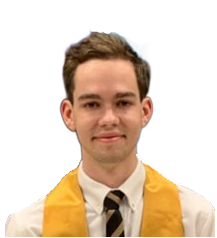
|
Are you an old person who is willing and interested in writing a contribution for this page?
We'd love to have it! Just click here to get started! And thanks!